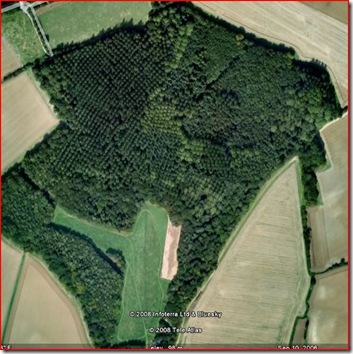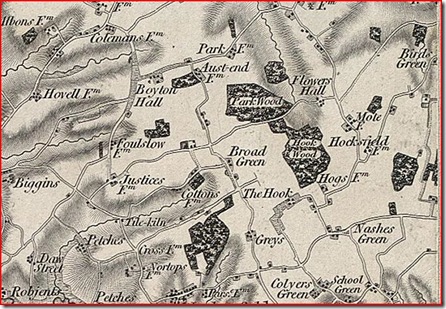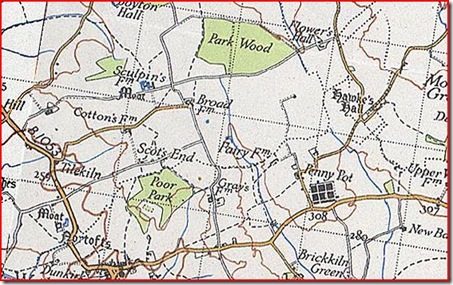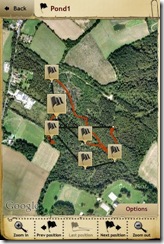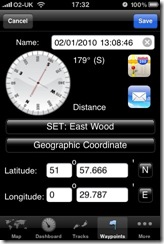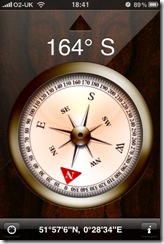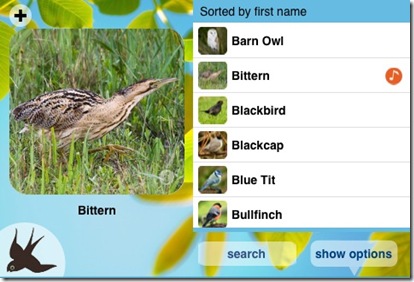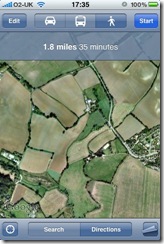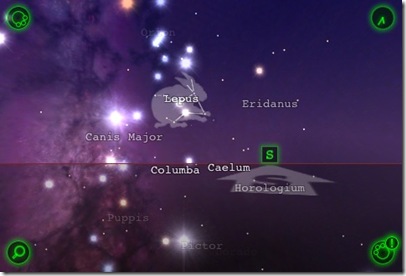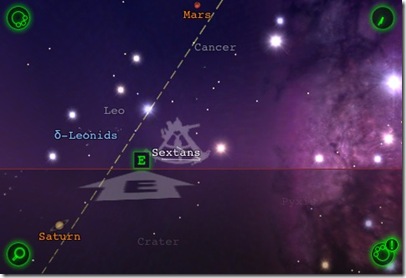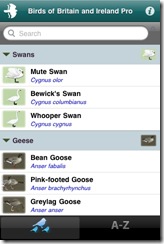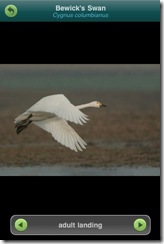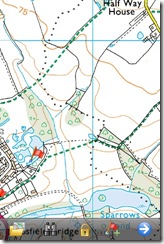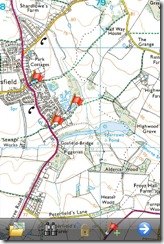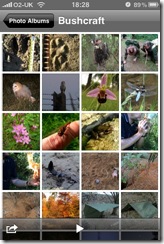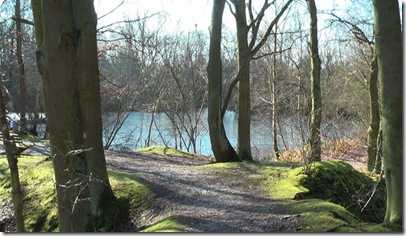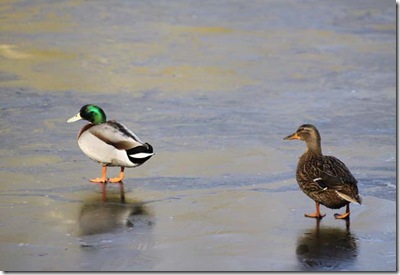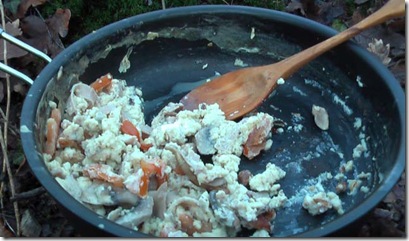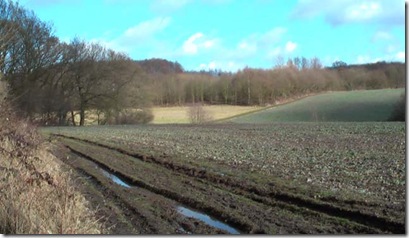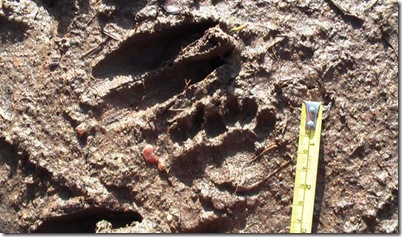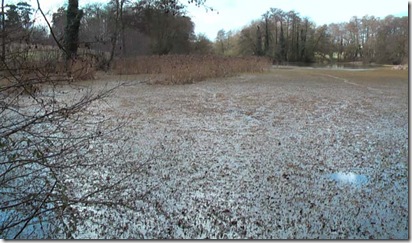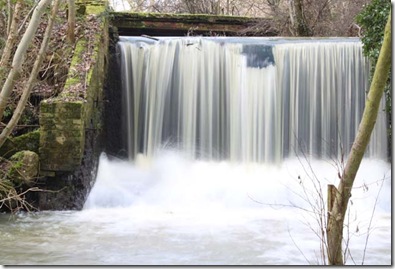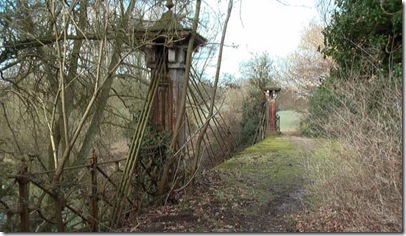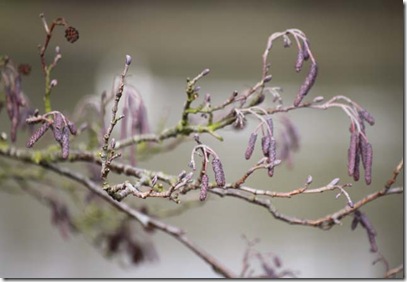Poor Park and Park Wood are the names of my two local woods. No-one seem to know why the former is called “poor” park, although it might well have derived from someone’s name. Although the local village is more than likely named by the Vikings, the French may have given names to many other local features.
Like it or not, there are many French connections in the countryside and most stem from the Norman invasion. Locally we have a nearby Norman castle owned by Aubrey de Vere who was one of William the Conqueror's most favoured knights. Therefore we would expect to have a substantial amount of land connected with it to be linked with the Normans. Local rumour has it that a later Normal landowner was so short of money that he was called Simon ‘the Poor’ but I’m not too sure of that one.
The word ‘park’ also has connections with the Normans, for it was they who set up deer parks for local hunting purposes. Thus you should expect any woods with the name ‘park’ in it to have some ancient connection with deer. There were 36 deer parks named in the Domesday book and these escalated to hundreds and hundreds in England before the English civil war decimated them.
Apparently it is still possible to recognise a medieval deer park even today by the egg-shape of the land and the earthworks used as the park boundaries.
Not only were parks developed by the Normans but so were forests. These were lands legally set aside for the hunting nobility. Forest Law inflicted severe punishments for anyone found interfering with the deer in the Forest. If you were caught ‘red-handed’ i.e. blood on your hands, you could expect only one form of punishment.
The oldest map of the two woods I can get on-line (visit www.visionofbritain.org.uk) is from 1856. I was hoping that it would show the two woods joined as one as they are not too far apart, but it doesn't quite do that. Instead there’s another wood to the south east of Park Wood called Hook Wood. No trace of Hook Wood exists now. Poor Park are the woods to the south. There is no mention of the name Poor Park on this map.
The next map is from 1925 and reveals that Hook Wood has disappeared. It does show the medieval Hawke’s Hall which has also now disappeared. I live just to the north of the now named Poor Park at Scot’s End, although there is now no such place as Scot’s End now.
Park Wood has been significantly reduced in size and it is rarely named on maps. Interestingly, Poor Park (see the Sat Map at the top of the page) has not even changed its shape for over 150 years and is now one of the bigger woods in the area.
The council describes the woods as:
…[a] large ancient wood, originally comprising Pedunculate Oak (Quercus robur), Ash (Fraxinus excelsior), Hazel (Corylus avellana) and Field Maple (Acer campestre), has now been widely replanted with Poplars (Populus sp.) and Scots Pine (Pinus sylvestris). Despite storm damage and forestry activity, a typical woodland ground flora still survives.
I’m going to have to delve a little deeper and go back even further into the history of these woods.
Thanks for the visit.
